SWEDEN’S show jumping team shone a spotlight on the barefoot debate whilst achieving the gold medal at last year’s Tokyo Olympic Games. Not only did they jump more clear rounds than any other nation, but two of the three horses did it all without shoes.
Both Henrik von Eckermann’s King Edward and Peder Frederickson’s All In and were barefoot throughout the Olympics, with Frederickson and All In adding individual silver to the Swedish team’s gold medal. Last year also saw plenty of debate surrounding one of the top show jumping sires in the world, Dominator Z, who was photographed jumping at 1.60m unshod.
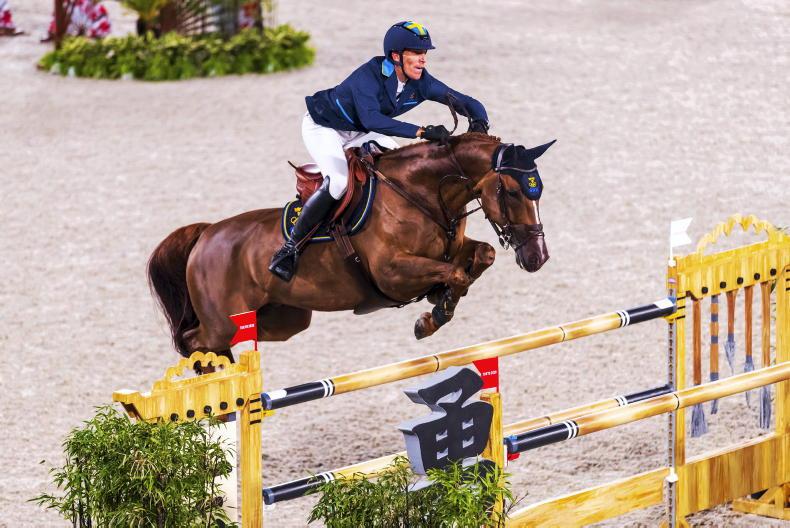

 This is a subscriber-only article
This is a subscriber-only article
 It looks like you're browsing in private mode
It looks like you're browsing in private mode




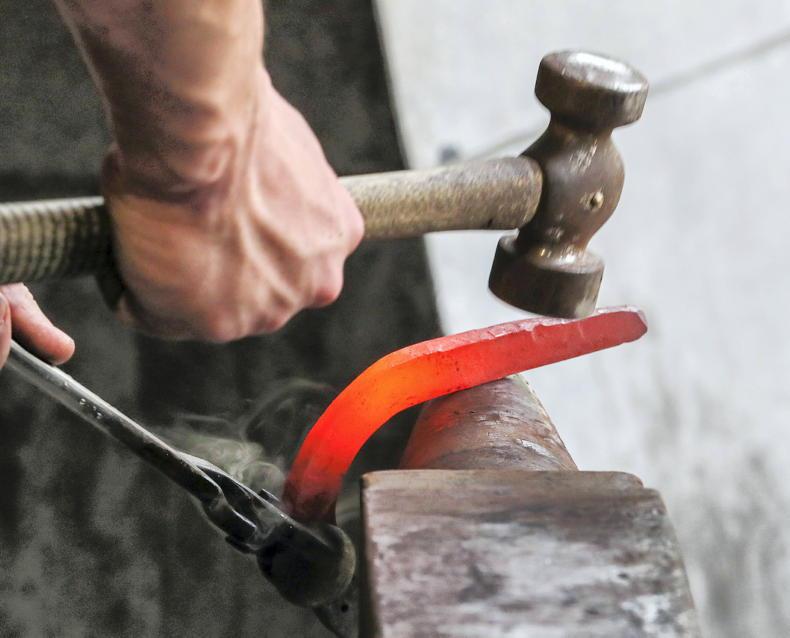
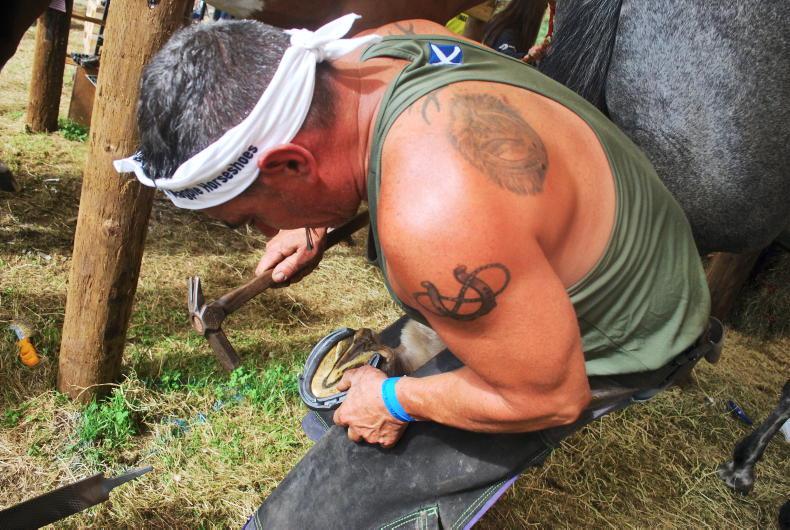

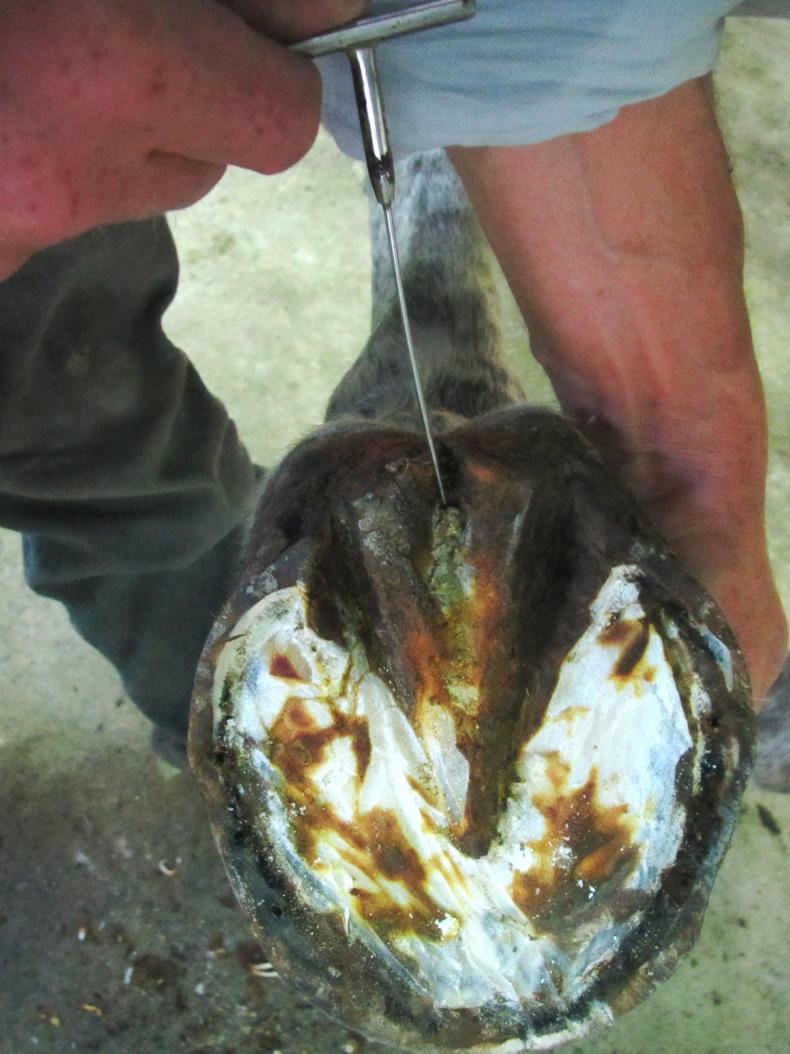
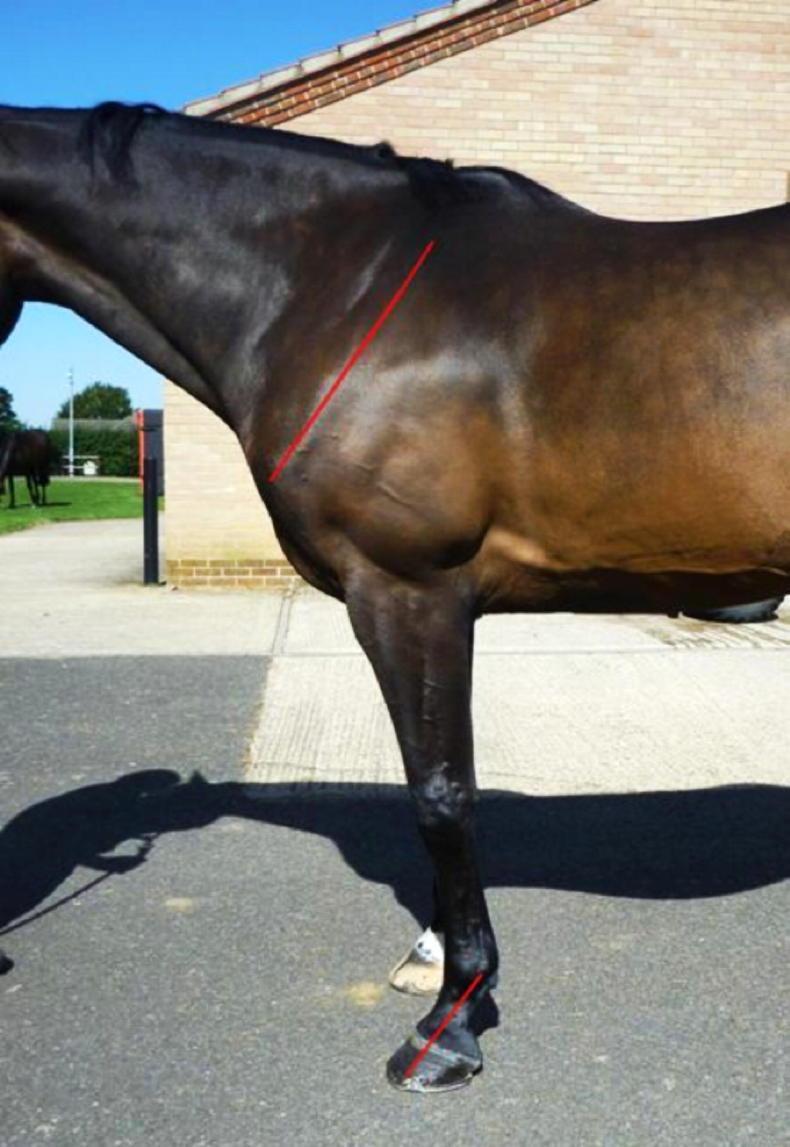
SHARING OPTIONS: